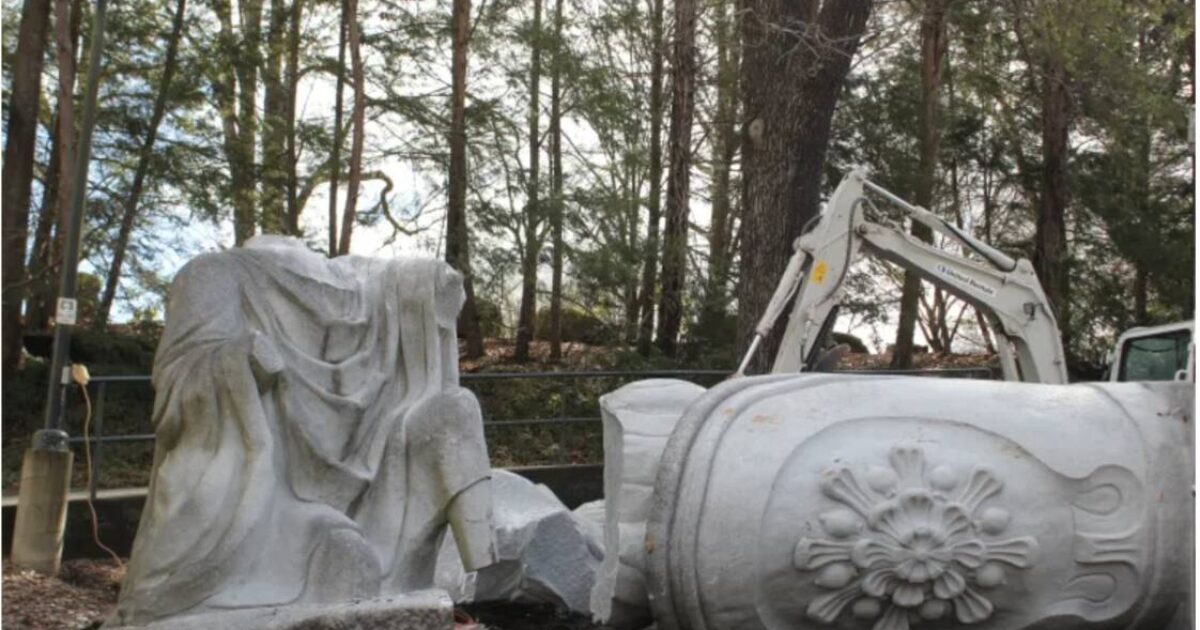Elijah and Elisha Statues Demolished at Southern Adventist University
07 March 2025 |
After 15 years, Southern Adventist University decided to take down the two granite statues of Elijah and Elisha on February 19. The demolition, which took place over four days, was a difficult yet long-discussed decision.
According to Marty Hamilton, associate vice president for financial administration, Southern’s Public Art Committee decided to remove the statues due to structural concerns.
According to the campus newspaper, Southern Accent, Hamilton said that “The statues had been there for around 15 years, and we’ve been trying to figure out what to do with them for quite some time. The cost of moving and finishing them was simply too high.”
Former university president Gordon Bietz commissioned the project in 2001 as a monument symbolizing “the transmission of knowledge and mentorship, a prominent theme at Southern during the time of their construction.”
Funded by various donors, the development led to the largest shipment of granite ever shipped from Vermont – 83 tons – and was sculpted under the direction of Wayne Hazen, former dean of the School of Visual Art and Design. Unfortunately, insufficient funds, logistical complications, and the difficulty of the material led it to remain unfinished.
The sculpture sat for 15 years in a back lot of the campus for students to discover, but structural concerns quickly arose when students began to sit or climb on the statues, leading to parts’ breaking off.
Attempts to salvage the project were discussed on and off for years, such as consulting sculptors, relocation, and extensive planning, yet the conclusion always remained: any attempts to save the project wouldn’t be cost-effective.
“The railroad ties were rotting, and we were worried about the statues’ falling over,” Hamilton said in the original article. “Students had climbed on them before, and with the structural integrity declining, it became a real safety concern.”
The administration made the difficult decision to finally give up the ghost and demolish the statues. Though a few pieces of the granite were repurposed for artistic use, most were disposed of.
Many students mourn the loss of this beloved monument.




